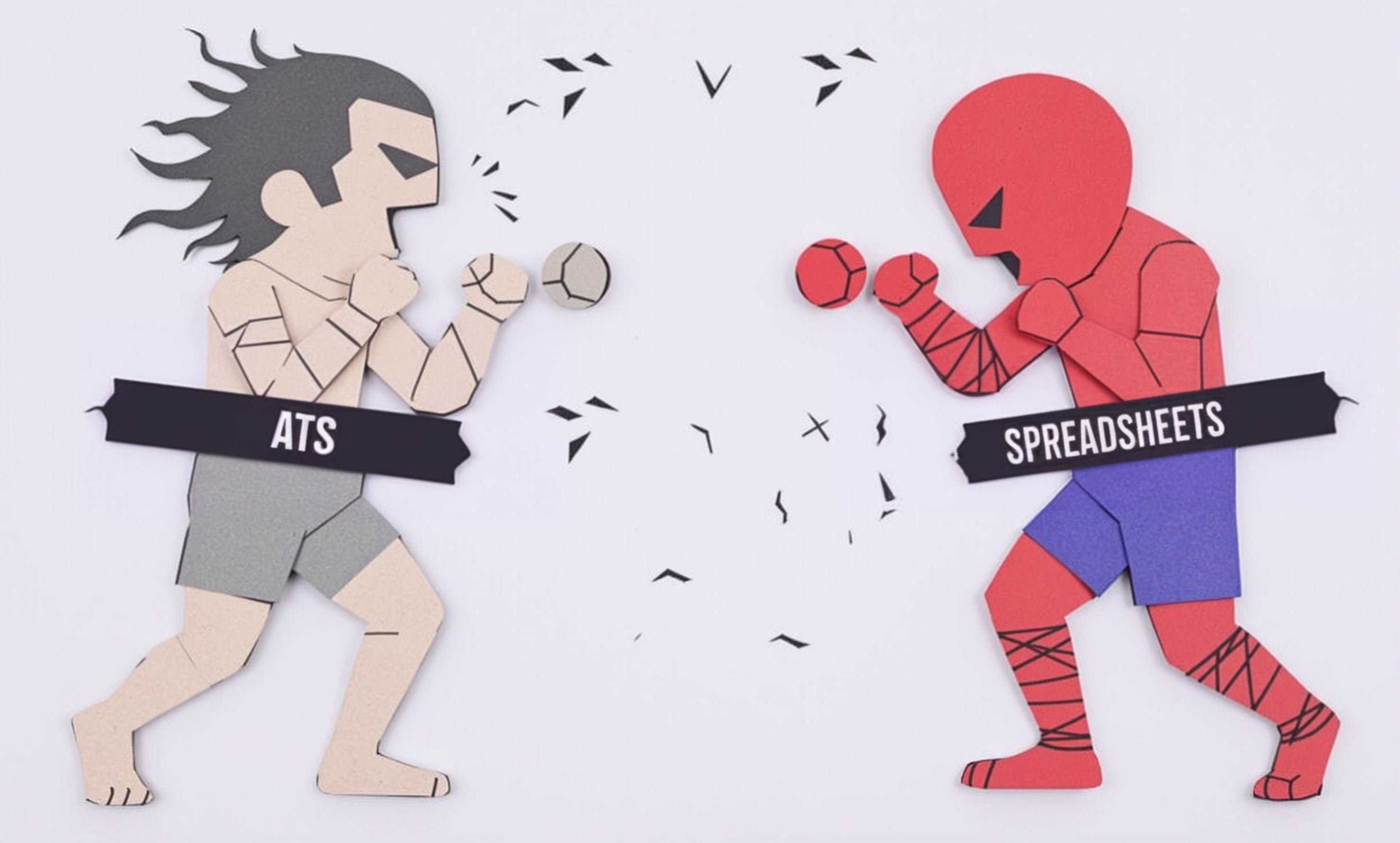
Flat Sawn
Flat sawn (also known as plain sawn) is a common way of cutting wood for furniture making. It's the most basic and economical method of sawing lumber where logs are cut in a way that creates distinctive grain patterns that look like curves or cathedrals on the wood's surface. This cutting method is widely used in furniture making because it maximizes the amount of wood that can be gotten from a log and creates attractive patterns that many customers find appealing. When someone mentions flat sawn in their experience, it shows they understand different wood cutting techniques and their impact on furniture appearance and stability.
Examples in Resumes
Selected and prepared Flat Sawn oak for custom dining table projects
Managed inventory of Plain Sawn hardwoods for furniture production
Created furniture designs optimizing Flat Sawn maple characteristics
Typical job title: "Furniture Makers"
Also try searching for:
Where to Find Furniture Makers
Professional Associations
Online Communities
Job Resources
Example Interview Questions
Senior Level Questions
Q: How do you decide whether to use flat sawn wood for a project?
Expected Answer: A senior craftsperson should discuss factors like project requirements, wood movement, grain pattern aesthetics, cost considerations, and end-use of the furniture piece. They should also mention alternatives like quarter sawn or rift sawn when appropriate.
Q: How do you handle wood movement in flat sawn lumber for large furniture pieces?
Expected Answer: Should explain how they account for seasonal wood movement in design, proper construction techniques, and methods to prevent warping or cracking in finished pieces.
Mid Level Questions
Q: What are the advantages and disadvantages of using flat sawn lumber?
Expected Answer: Should mention cost-effectiveness, attractive grain patterns, and wider board availability as advantages, while noting potential stability issues and greater seasonal movement as disadvantages.
Q: How do you select flat sawn boards for a matching furniture set?
Expected Answer: Should discuss grain pattern matching, color consistency, and techniques for selecting boards that will create a cohesive look across multiple pieces.
Junior Level Questions
Q: How can you identify flat sawn lumber?
Expected Answer: Should be able to describe the characteristic cathedral grain pattern and explain how it differs from other saw patterns.
Q: What basic precautions do you take when working with flat sawn wood?
Expected Answer: Should mention proper storage, acclimation to shop conditions, and basic understanding of wood movement.
Experience Level Indicators
Junior (0-2 years)
- Basic wood identification
- Understanding of grain patterns
- Simple board selection
- Basic wood preparation
Mid (2-5 years)
- Advanced lumber selection
- Grain matching techniques
- Understanding wood movement
- Project planning with proper materials
Senior (5+ years)
- Expert material selection and grading
- Complex project planning
- Training and supervision
- Quality control implementation
Red Flags to Watch For
- No knowledge of different wood cutting methods
- Cannot explain basic wood movement principles
- Unfamiliarity with grain patterns
- Poor understanding of wood selection criteria
Related Terms
Need more hiring wisdom? Check these out...

Digital Apprenticeships: Crafting the Future Workforce Pipeline

From Passive to Active: Nurturing Candidates Over the Long Haul

Why Your Hiring Spreadsheets Are Secretly Sabotaging Your Recruitment

